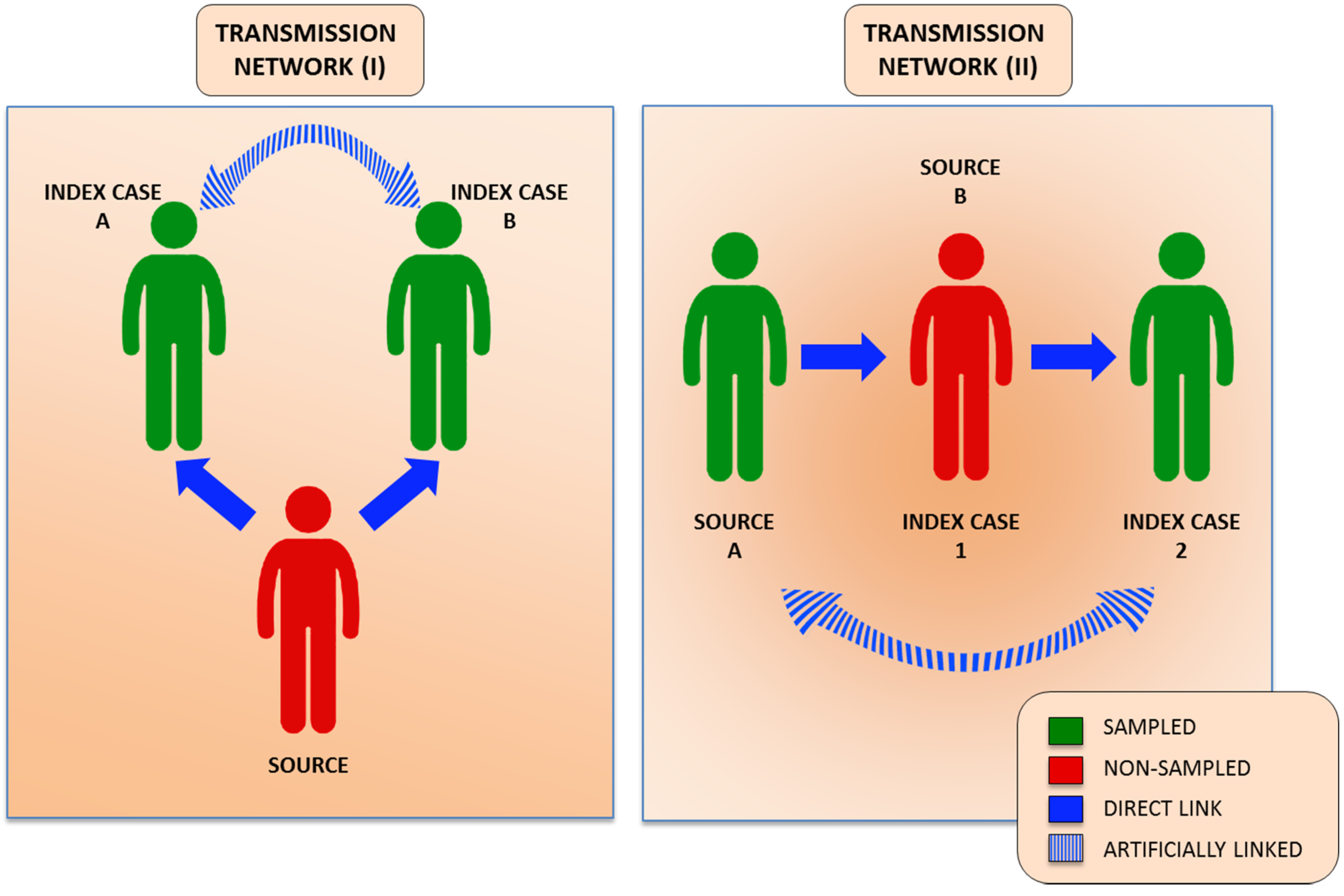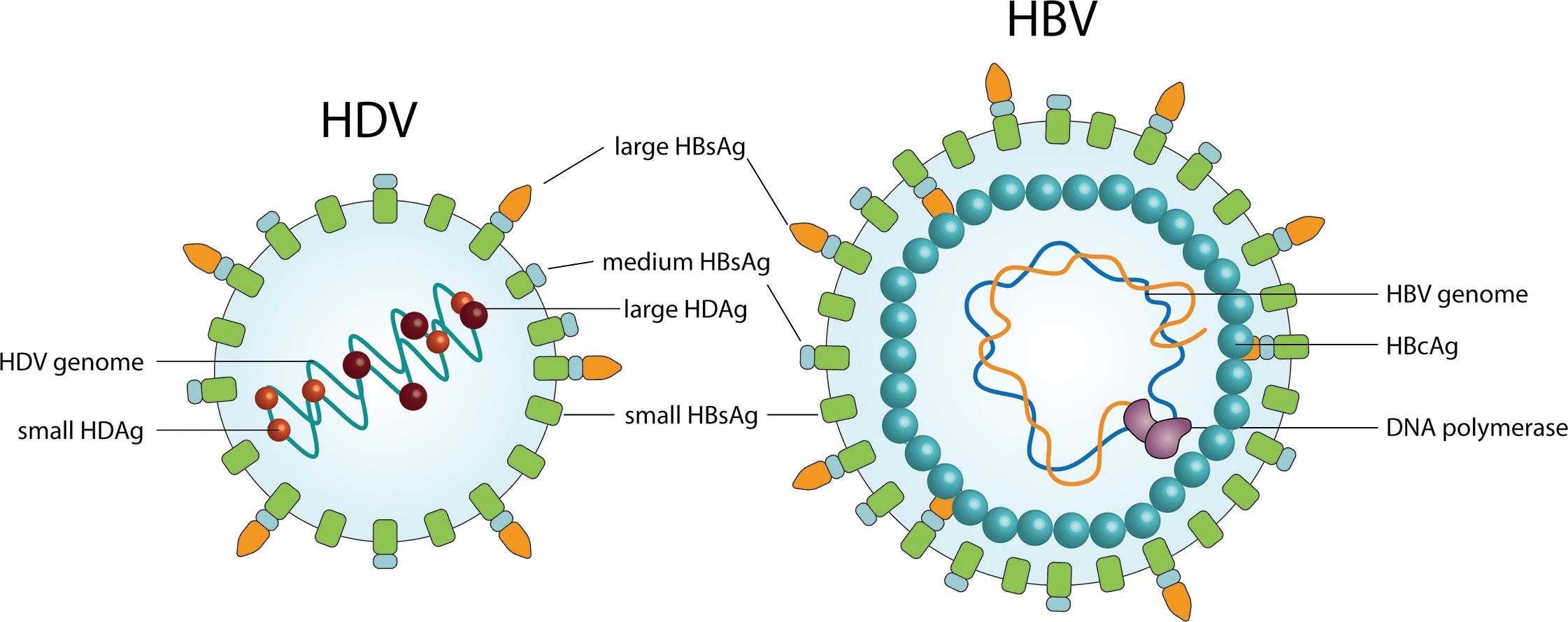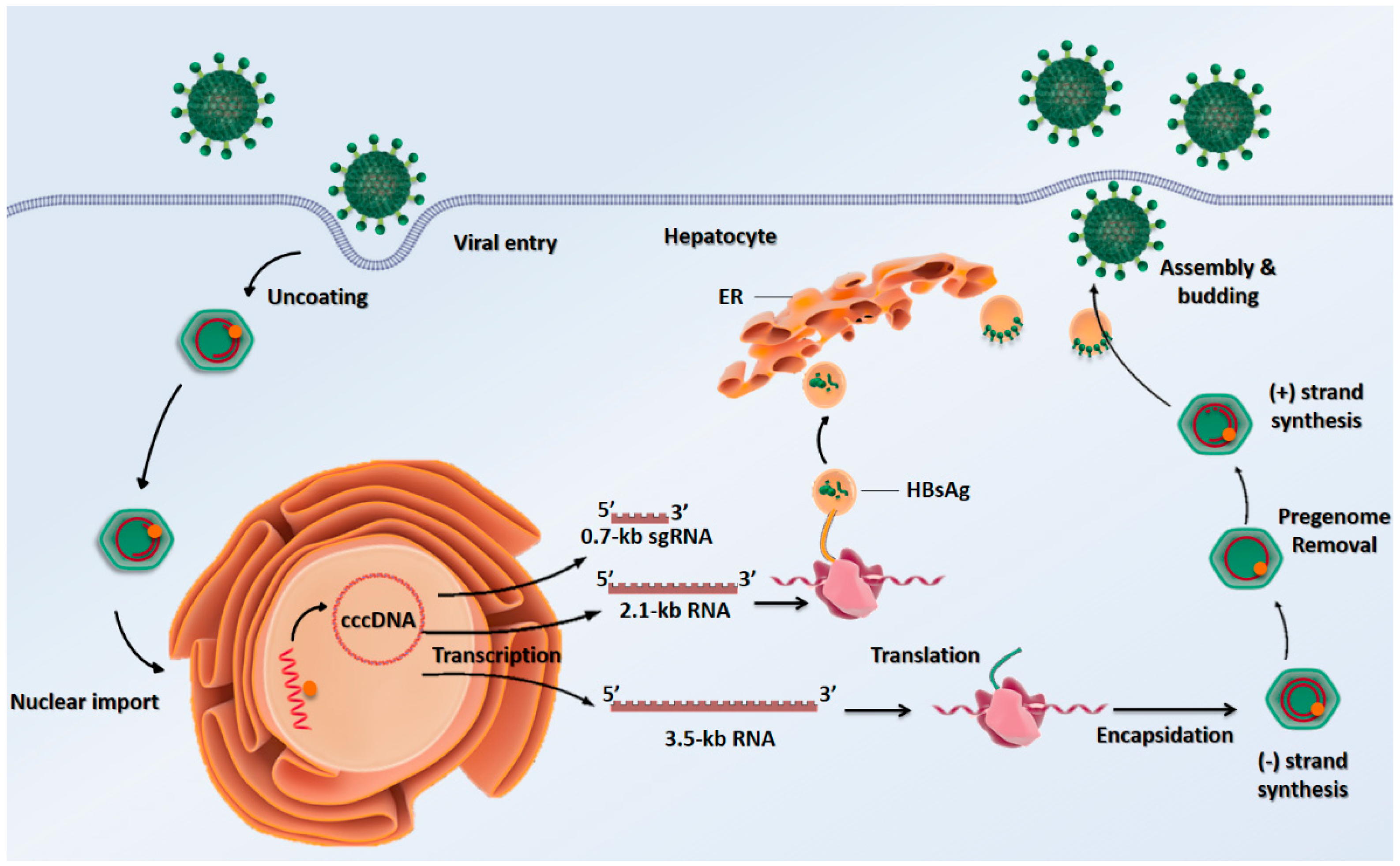
Infection control guidelines, designed to prevent the transmission of blood borne viruses and other diseases, are strictly adhered to in medical settings in Australia. However, it is important to speak to a doctor about getting tested. Needle-stick injury in a non-health care settingĮxperiencing a needle stick injury while picking up rubbish or stepping on a used needle in a public place, such as a street, a park or a beach, is regarded as a very low risk source of transmission of hepatitis B. Health care and custodial workers are advised to be vaccinated against hepatitis B and take infection control precautions at all times. This risk depends on a number of factors, such as the size of the needle and the depth of penetration achieved. Overall, the risk of acquiring hepatitis B from needle-stick (or sharps) injury in a health care setting is around 30%. These occur mainly in occupational settings such as hospitals and clinics, where handling bloody items may also present a risk.

Needle Stick injury in a health care setting Tattoos, body piercing and other body art which is done overseas, even in a legal premise, may carry a higher risk of blood borne virus transmission because infection control procedures may not be as strict as tattoo parlours in Australia. The equipment they use is often not clean and has nearly always been used on other people before your turn.

You increase the risk of being infected with hepatitis B if you get a non-professional (amateur) tattoo or piercing in a juvenile detention centre, prison, or by a backyard operator. Body art and piercing procedures should always be carried out under sterile conditions and although single-use needles are now common, dye and dye tubs (inkpots) may be re-used for multiple customers. Body art and piercingĪll body art operators are legally required to follow infection control guidelines. In situations where people are injecting, small amounts of blood may be present on a person’s finger, on a tourniquet, or on a bench top or tabletop, and transmission may occur even if people do not share or re-use needles. Injecting equipment includes needles, syringes, spoons, swabs, tourniquets, water and filters.
Hbv transmission cracked#
If your baby has not been vaccinated then you just need to express and dispose of milk while your nipples are cracked and bleeding, and recommence breast feeding when your nipples are healed. Hepatitis B may be transmitted if you have cracked or bleeding nipples, however if your baby has been vaccinated, they are protected from the low risk of transmission this way. Hepatitis B is not transmitted through breast milk. It is safe to breastfeed if you have hepatitis B.

Mothers with very high viral loads can also be treated during pregnancy to prevent transmission to the baby.

Babies born to hepatitis B positive mothers can be given vaccination and hepatitis B immunoglobulin at birth, which reduces the risk of hepatitis B transmission. All pregnant mothers in Australia are tested for chronic hepatitis B infection. Testing and monitoring of pregnant women with hepatitis B is an important step in stopping the cycle of chronic hepatitis B transmission. If a mother with hepatitis B passes on the virus to her baby at birth, there is a 90% chance that the baby will go on to develop chronic (long term) hepatitis B. There is a 95% chance that a mother with chronic hepatitis B will pass it on to her baby, if no steps are taken by the medical staff to prevent transmission.


 0 kommentar(er)
0 kommentar(er)
